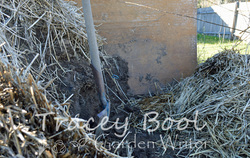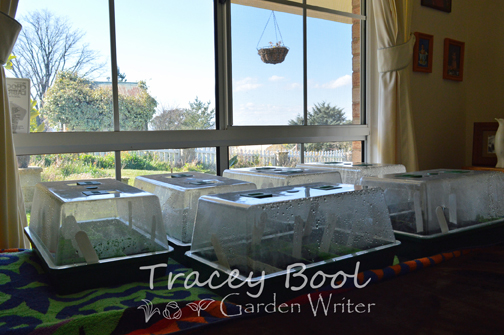|
Winter Maintenance and Preparing for Spring
(July 2016) Winter isn’t over just yet, but none the less, it’s time to start preparing ourselves and our gardens for spring. I tend to go for a slow and steady warm up phase to avoid mental and physical overload. The following are a few tasks to be done over the following weeks:
The solution? A balance of observation and getting your hands dirty: monitor rainfall received (rain gauges are invaluable addition to every garden), wind, and severity/incidence of frost, as all directly affect soil moisture; and physically check soil moisture on a regular basis by noting how the soil reacts and feels when you rub it between your fingers. Make sure and take samples from multiple locations and from a minimum depth of 3cm (not including mulch). Soil by Design sells a handy tool for the job known as the Soil Sleuth moisture probe (soilbydesign.com.au). |


